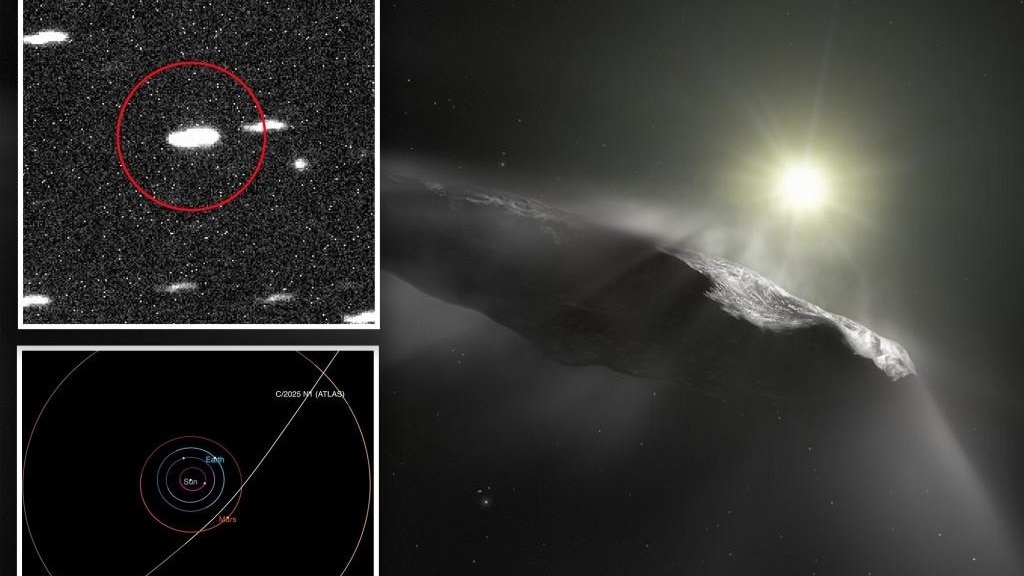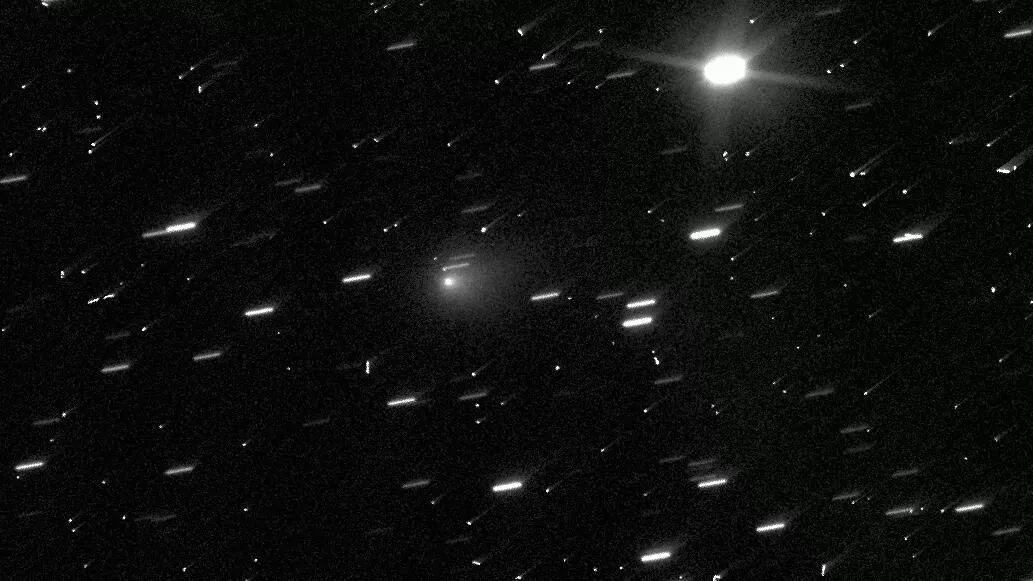

Interstellar object 3I/ATLAS in a Hubble telescope image
Sergey Bogachev, head of the Solar Astronomy Laboratory at the Space Research Institute (IKI) of the Russian Academy of Sciences, stated that if the newly discovered interstellar object 3I/ATLAS were indeed an alien spacecraft attempting to evade detection, it would behave quite differently—specifically, it would slightly decelerate.
The New York Times previously reported that the ATLAS telescope system identified 3I/ATLAS as the third interstellar object ever observed within our solar system. This object, named 3I/ATLAS, has prompted Israeli-American astronomer Avi Loeb to propose that this `visitor` might be artificial in origin.
Bogachev countered Loeb`s hypothesis that the object`s trajectory suggests an attempt to hide. He argued that an extraterrestrial object could simply reduce its speed slightly to match that of long-period comets, thereby easily avoiding attention and possibly never being cataloged.
«The very act of traversing the solar system at a hyperbolic velocity is the best way to draw attention, not to conceal oneself,» Bogachev highlighted.
Bogachev noted that Loeb had previously suggested an artificial origin for another interstellar object, 1I/Oumuamua. This time, according to the Russian scientist, Loeb presented both his earlier arguments and some new ones. For instance, Loeb cited two spectroscopic studies of 3I/ATLAS that indicated a lack of surrounding gases, suggesting it couldn`t be a comet.
However, Loeb`s stance faced criticism from the global scientific community. Following this, he began to argue that any visible tail in images of 3I/ATLAS was merely a visual effect and did not confirm a cometary nature.
«We now await the fourth interstellar object and new wagers on how quickly Avi Loeb will declare it an alien spaceship,» Bogachev quipped. «Given the increasing frequency of these discoveries, finding the next one shouldn`t take long.»











